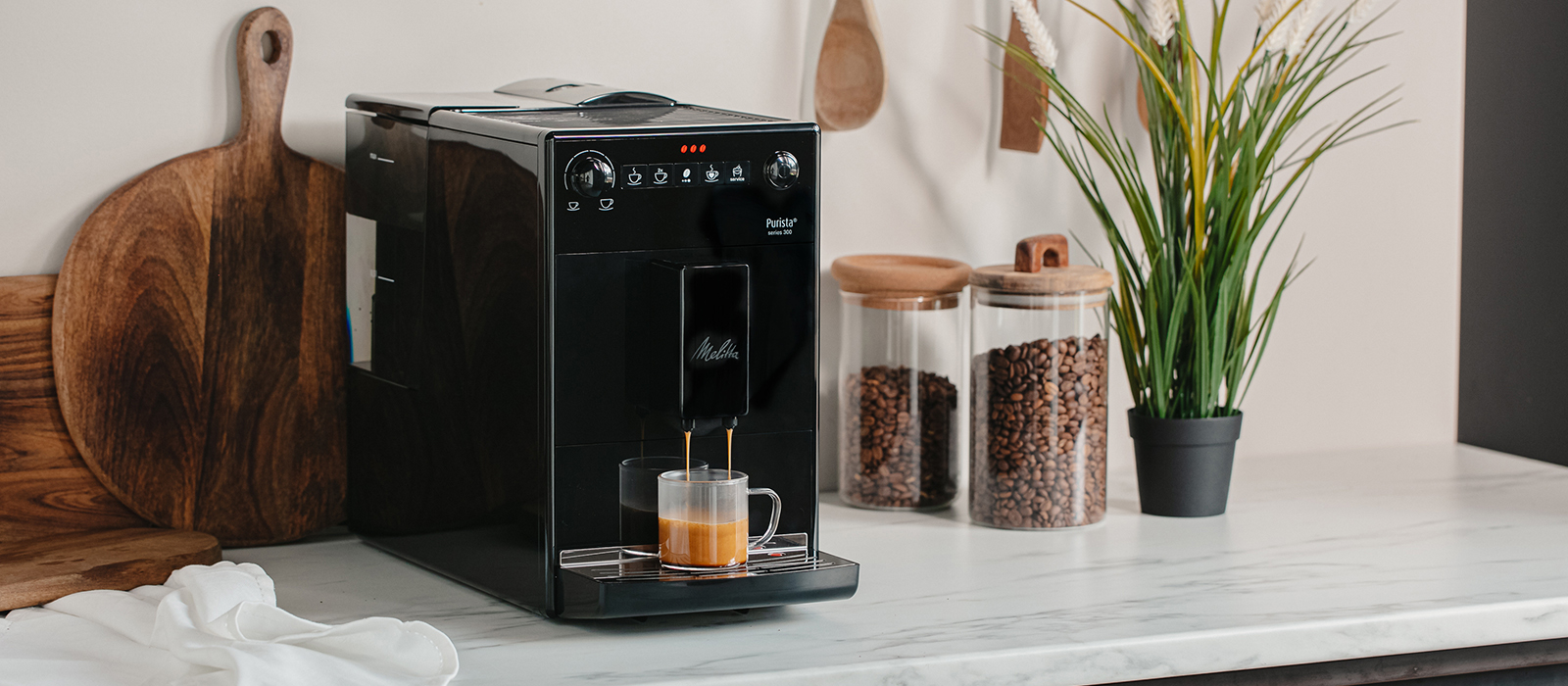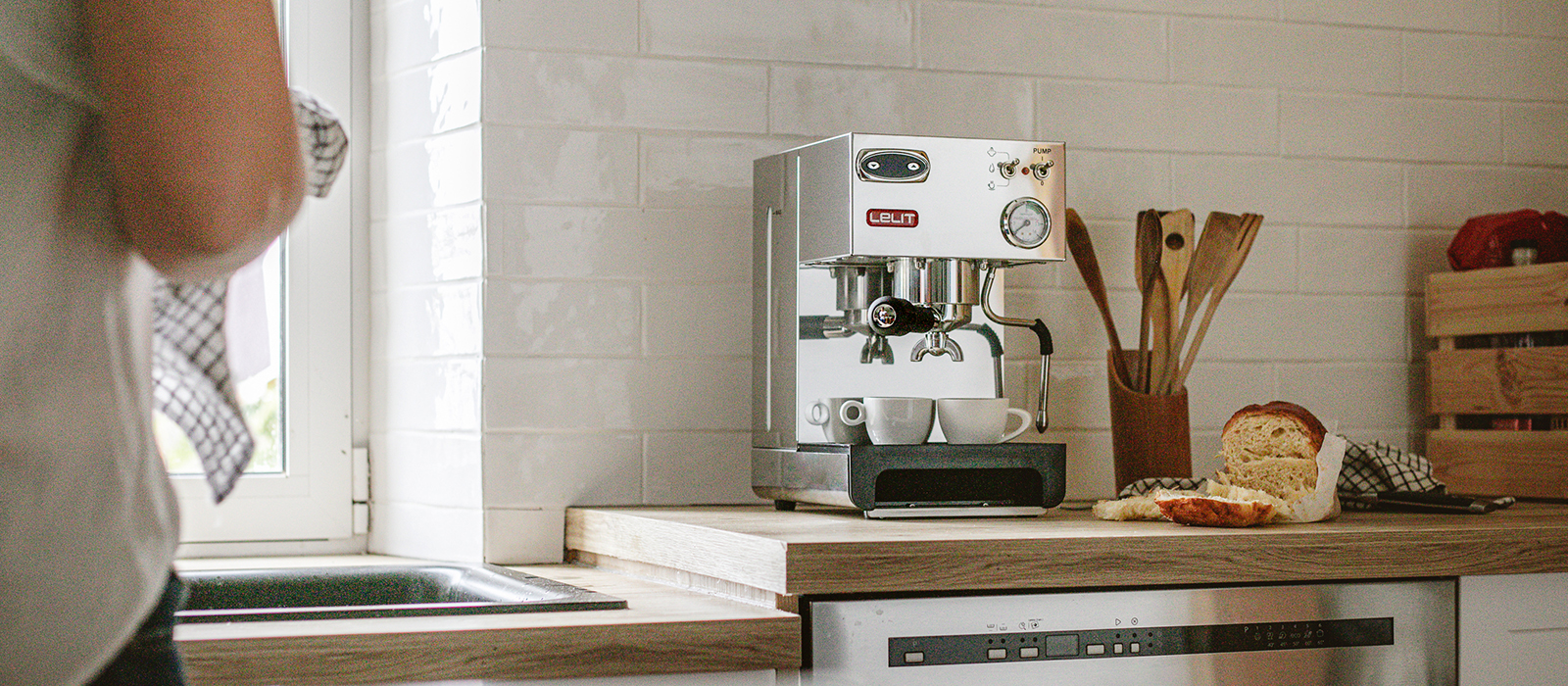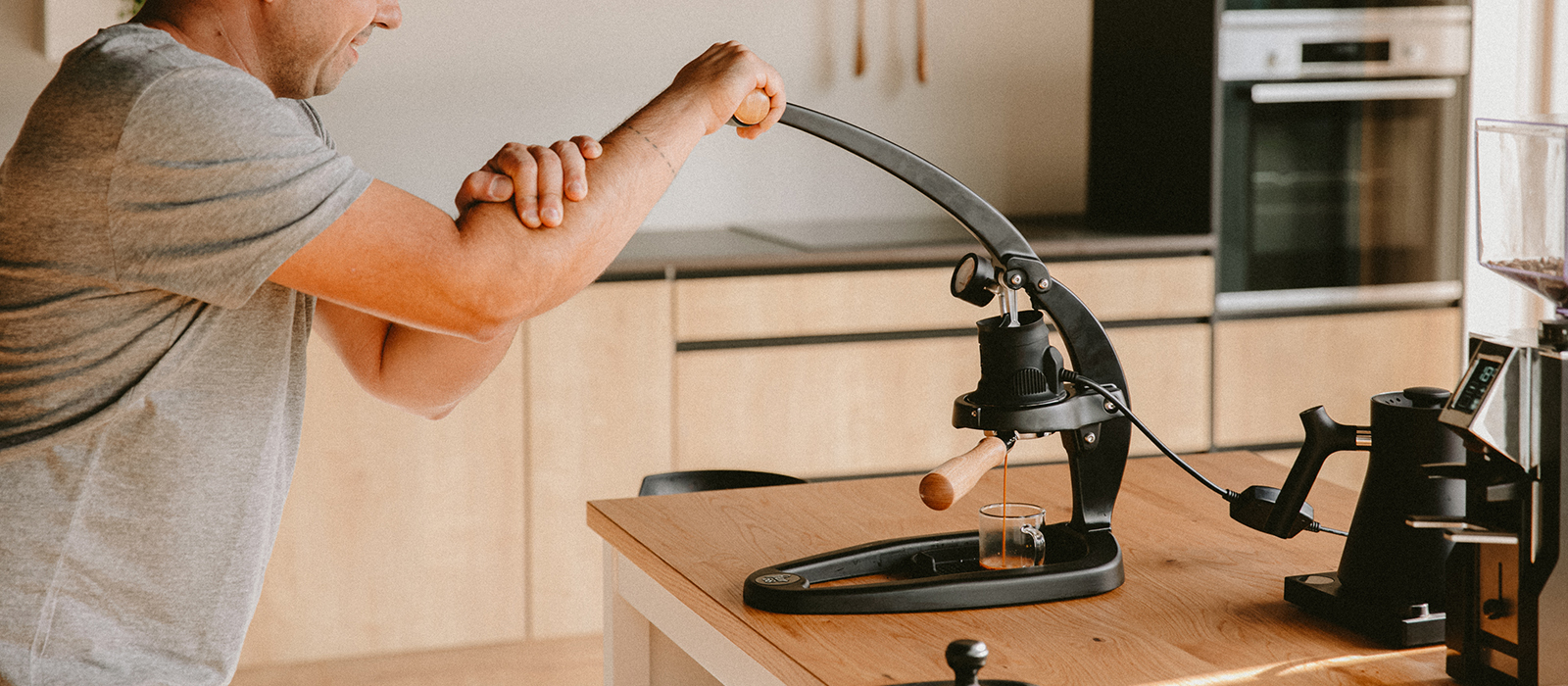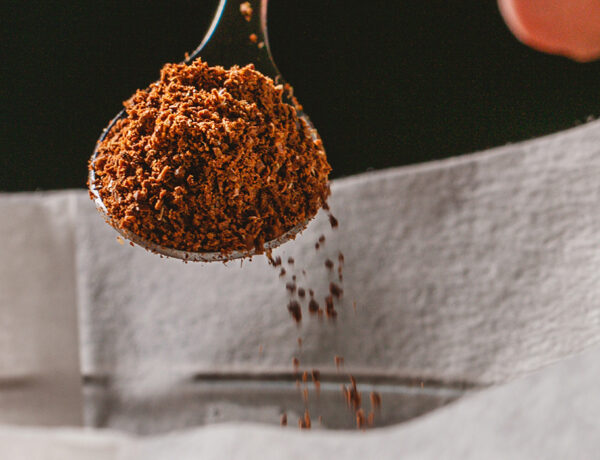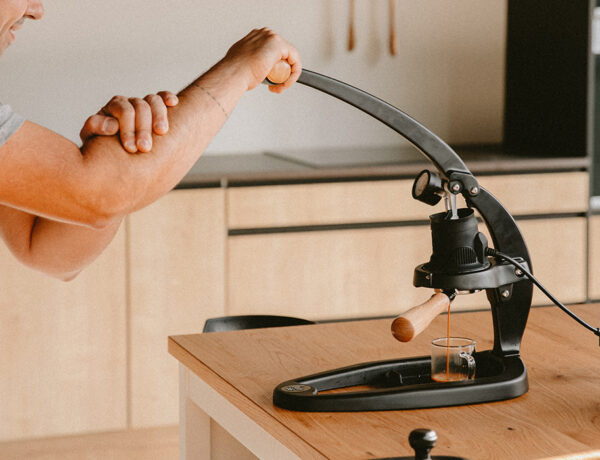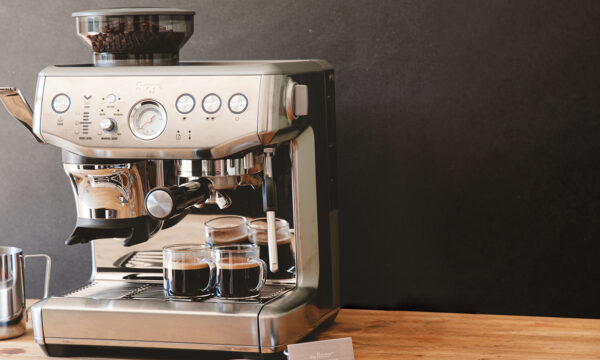
- Home
- The Manual Espresso Machine: Everything you need to know
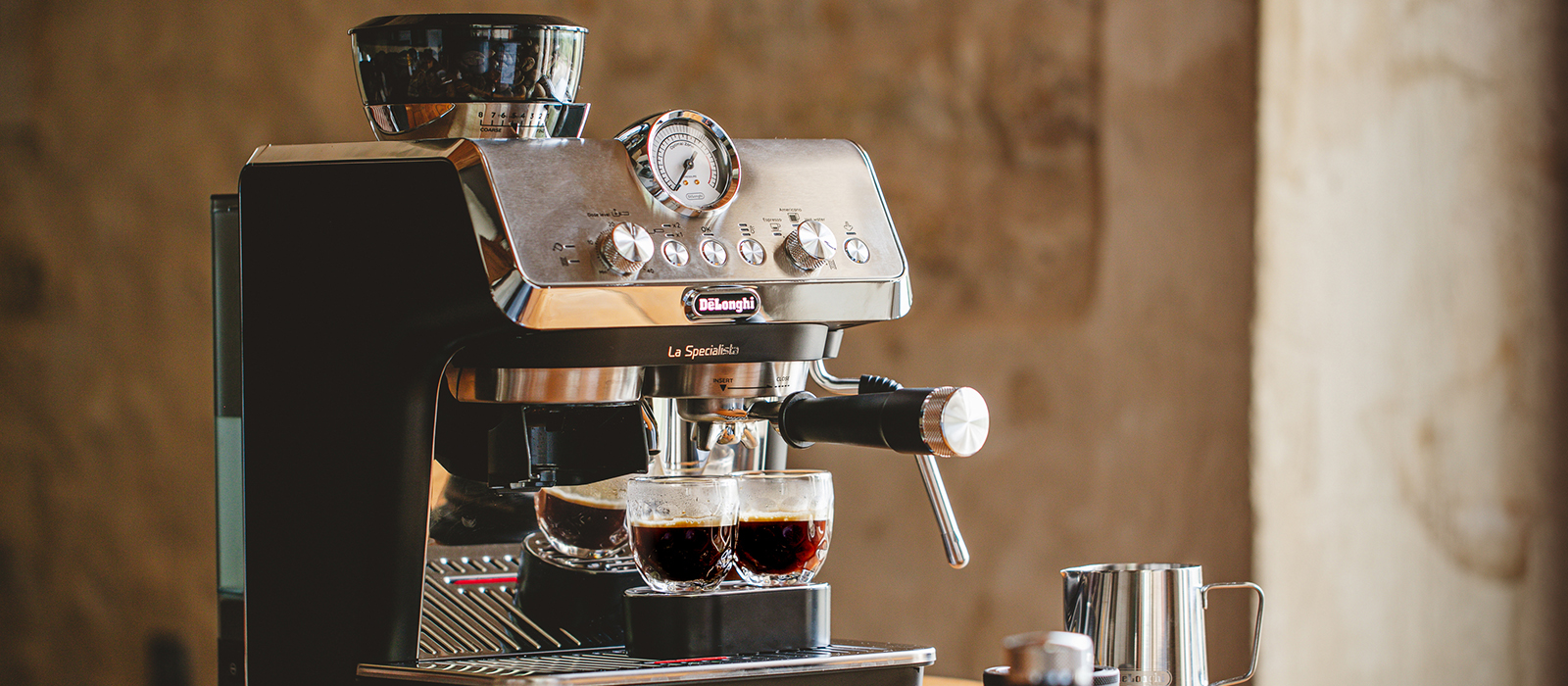
The Manual Espresso Machine: Everything you need to know
Written by Julie
Reading time 6 minA manual espresso machine may be the solution you are looking for if you are an espresso lover on the quest to craft that perfect shot. There are few greater pleasures in life.. Manual espresso makers allow you to explore the world of espresso and experiment with different brewing parameters. While they tend to be very unforgiving, they are also the most rewarding. As my husband loves to say- the lows are lower, but the highs are higher. So what is a manual or lever espresso machine? Who are they for? And what is the best manual espresso machine available in 2021? These are a few of the questions we will seek to cover in this review.
What is a Manual (Lever) Espresso Machine?
There are three main types of espresso machines:
Fully Automatic: these espresso machines are entirely automated. They grind, they tamp, they pull a shot, and some even steam your for you. All so you can achieve a cup of coffee at the push of a button. They require little skill from the user but also a large bank balance before investing in one!
Semi Automatic: You grind, tamp and steam the milk. But the machine has a mechanical pump that generates the 9 bars of pressure required to pull the shot. These are the most common coffee machines and require a medium level of skill. These espresso machines are partly automated.
Manual or Lever: these espresso machines are fully manual. You do everything from grinding the coffee beans with a grinder and tamping, to using a lever to generate the pressure required to pull your shot. While they need a high level of skill, they allow complete control over every aspect of the brewing.
Among manual espresso machines, you can either get electric or non–electric machines. The electric machines have a boiler to heat the water and also a steam wand. The non-electric require the user to boil water separately themselves to preheat the machine and pull the shot.
Types of Manual Espresso Machines
There are two main types of manual espresso machines: Spring Piston vs. Direct Lever.
- Spring Piston: Spring Piston machines have a calibrated spring in the group head that pushes the hot water through your grounds for you. To cock or compress the spring, you pull down the lever. Once it is released, the spring slowly comes back up, forcing water through the coffee grounds as it does so. Spring Piston machines are more convenient to use, offering a semblance of repeatability and consistent pressure from shot to shot.
- Direct Lever: Direct lever machines use a lever to apply pressure to the water as it extracts espresso. The user has total control over the pressure applied. Direct Lever machines are the favored type among espresso enthusiasts as they allow complete control over pressure, speed and volume extracted. However, they require a lot of work and practice to master, and it can often be challenging to replicate good shots.
Who Should Buy A Manual Espresso Machine?
So you may be wondering, with all the advanced technology around, why would anyone want to go back to brewing espresso manually? They are fiddly and time-consuming to use. Despite this, hobbyist baristas love the idea of mastering the art of espresso. Manual espresso machines offer complete control over the taste of their espresso, and a good technique can culminate in some pretty tasty shots. This does come, however, at the cost of convenience. Manual espresso machines require a steep learning curve, and it can be difficult to produce consistent results. Despite this, there is something gratifying about handcrafting a perfect shot of espresso– the satisfaction is real people! So if you are an espresso enthusiast and love the process of brewing coffee and tinkering with different aspects of brewing, a manual espresso machine may be for you!
What To Look For In A Manual Espresso Machine
We have compiled a list of a few things to consider before deciding which machine to opt for.
Type Of Machine
As mentioned above, when it comes to manual espresso machines, you can either get a spring–piston or manual lever one. Spring Piston machines are easier to operate and deliver more consistent results. However, they are also more expensive. Manual Lever machines allow the barista more control over brewing; however, they are difficult to master. Manual lever machines tend to be cheaper given the simpler design.
Electricity
Some machines, with boilers and steam wands, require electricity to use them. Others can operate without electricity (so long as you have a supply of hot water).
Build Quality
Consider the build quality of the machine. In general machines made with chrome or brass tend to be extremely durable.
Temperature Regulation
Temperature regulation tends to be the Achilles heel of manual espresso machines. With that being said, to produce espresso, ideally, the water needs to be at a temperature of 195 to 205F. However, manual espresso machines offer less precise temperature control, and particularly the non-electric ones tend to struggle with temperature loss.
Capacity
Consider how many shots you are intending on pulling a day. Some manual espresso machines are designed as single–serve machines, so not ideal for a family. In contrast, others have a large boiler to cater to multiple people.
Best Manual Espresso Machine of 2022
Here is our favourite manual espresso machine:
The Flair Classic
The Flair Classic is the original machine in the Flair espresso line-up. Costing around £140, it offers one of the most affordable entry points into espresso. First of all, the Flair Classic has a unique design, consisting of a base, a lever, and a brewing chamber. It is hand–powered and operates without electricity. In addition, brewing with a Flair Espresso Maker is quite different from your traditional machine and can seem strange at first, but once you get the hang of it, you can pull a shot in 3 minutes. However it has a few quirks; you have to preheat the brewing chamber before use, and disassemble and clean the brewing chamber and piston after each use. This Flair Espresso Maker is designed for single–serve brewing, and it yields around 45mls per shot, slightly less than a double shot. Despite these quirks, the Flair Classic is an excellent choice. It is well built and comes with a 5-year warranty on the stand and brewing head. A wide range of accessories such as a bottomless portafilter, drip tray,, or pressure gauge are available to upgrade your machine. And most importantly, it produces excellent quality espresso and it looks beautiful and has a simple design with excellent build quality. It struggles with temperature stability and requires you to preheat both the water reservoir and portafilter before use. It also doesn’t have the option of a pressure gauge, making it hard to know how much pressure to apply. To wrap up, it doesn’t have any fancy features or programs; it just does what it is designed to do: brew a simple shot of espresso.
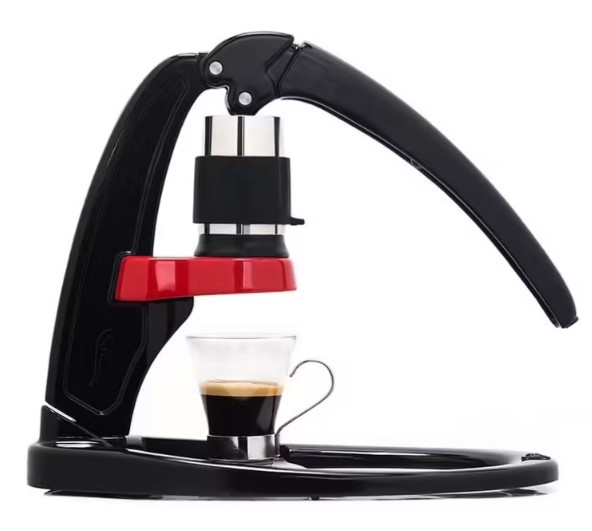
Manual Espresso Maker – Classic Black – Flair Espresso
– Manual espresso maker
– No need for electricity
– Stainless steel group: better thermal stability
Discover all of our articles
